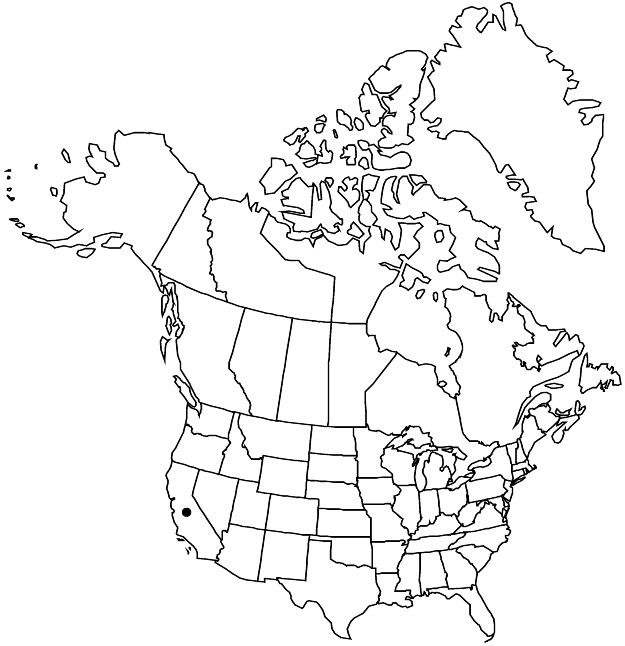Eriogonum umbellatum var. smallianum
Eriogonum, 113. 1936.
Herbs, spreading mats, 0.8–2 (–2.5) × 3–5 dm. Aerial flowering-stems erect, 0.5–1.5 dm, tomentose, without one or more leaflike bracts ca. midlength. Leaves in rather compact rosettes; blade elliptic, 0.5–1.5 × 0.3–0.7 cm, white-lanate to tomentose abaxially, thinly tomentose to floccose and greenish adaxially, margins plane. Inflorescences compound-umbellate, branched 1–3 times; branches tomentose, without a whorl of bracts ca. midlength; involucral tubes 2–3 mm, lobes 1–3 mm. Flowers 4–6 mm; perianth bright-yellow.
Phenology: Flowering Jul–Sep.
Habitat: Sandy to gravelly, mostly serpentine flats and slopes, oak and montane conifer woodlands
Elevation: 700-2000 m
Distribution

Calif.
Discussion
Variety smallianum occurs in the North Coast Ranges (Glenn, Lake, Mendocino, Sonoma, Tehama, and Trinity counties) and is the counterpart to var. bahiiforme. It too is widely scattered in small, localized populations.
Selected References
None.
Lower Taxa
"dm" is not declared as a valid unit of measurement for this property."dm" is not declared as a valid unit of measurement for this property."dm" is not declared as a valid unit of measurement for this property."dm" is not declared as a valid unit of measurement for this property.